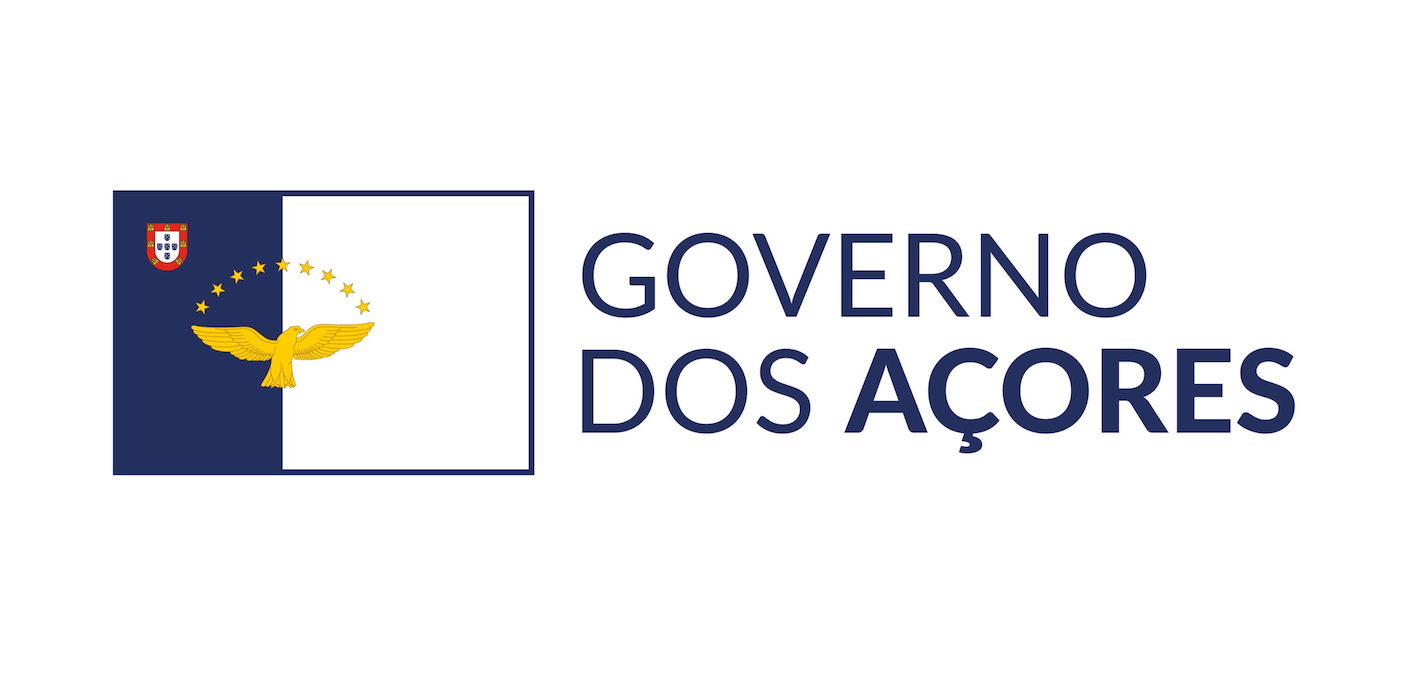
| Acronym: | M3.4.B/CIÊNCIA CIDADÃ/018/2019 |
| Cost Center: | 942 |
| Title: | Nox- Light pollution in the Azores |
| Start-End: | 24-10-2019 - 24-04-2020 |
| Entidade Beneficiária Principal: | Fundação Gaspar Frutuoso |
| Gestores da FGF: | Gonçalo Goulart, Paula Oliveira |
| Responsible Researcher: | João Miguel Tavarela da Silva Ferreira |
| Organic Units: | FCAA - Faculdade de Ciências Agrárias e do Ambiente |
| R&D Units: | GBA-cE3c - Grupo de Biodiversidade dos Açores |
| Entidade | Montante |
|---|---|
| Total Financing | 4.192,00 € |
| Direção Regional da Ciência e da Tecnologia (100.0 %) | 4.192,00 € |
| Direção Regional da Ciência e da Tecnologia (100.0 %) | 4.192,00 € |
Main Objectives:
Light pollution is an adverse effect of artificial light caused by sources that illuminate incorrectly or excessively. The latest World Atlas of Light Pollution (Falchi et al, 2016) shows that more than 80% of the world's population and more than 99% of the European population live in places polluted by artificial light and that the Milky Way is no longer visible. for around 60% of Europeans. Light pollution has important effects on people's health and well-being, impact on ecosystem functioning and socio-economic consequences. Contrary to what one might think, the skies of the Azores are polluted in many places and the problem has been getting worse over the years. Several locations have been installing cool-colored LED luminaires that increase light pollution. Light pollution has been recognized for several years as one of the main causes of death of juvenile shearwaters (Calonectris borealis), with some projects (e.g. Luminaves) and scientific works addressing this issue. As the Azores are one of the main nesting sites for this bird, it is urgent to combat the threat of light pollution for the conservation of the species. The impact on other bird species and other taxonomic groups is still unknown. This project intends to start the investigation of light pollution in the Azores, choosing the islands of Terceira and Pico for this purpose. The choice of Terceira island is justified because it is an island with problems of light pollution and, given that the team members are based on this island, it is simpler and more economical to implement the project. The choice of the island of Pico is justified by its quality and growing tourism and in which it is important to ensure that the environment is protected, in its various aspects, including the issue of light pollution. This project will therefore allow, for the first time, as far as we know, to monitor the evolution of light pollution on this island. It is also justified by the intention to assess whether the Natural Park of Pico Island, namely the Pico Mountain, has the potential to be able to apply for international certification of excellence for the quality of the night sky, applied to regions with reduced light pollution in the future. This project involves citizens in two ways: - installing photometers in secondary schools and involving students and teachers in the analysis and interpretation of data. In this way, data with scientific value are obtained with the participation of the school population; and - organizing dissemination sessions where citizens have the opportunity to measure the brightness of the sky in some places and in this way understand the problem of light pollution. This project also aims to provide data for global citizen science projects such as Stars4all and Globe at night. With the participation of citizens in the collection and analysis of data, it is intended to do science and simultaneously raise awareness of this environmental problem. João Miguel Ferreira (the proponent, UAC) participates in this project; Isabel R. Amorim (UAC) and Raul Cerveira Lima (Polytechnic Institute of Porto and Center for Research on Earth and Space at the University of Coimbra and specialist in Light Pollution).
Project Description:
Nox- Light pollution in the Azores



